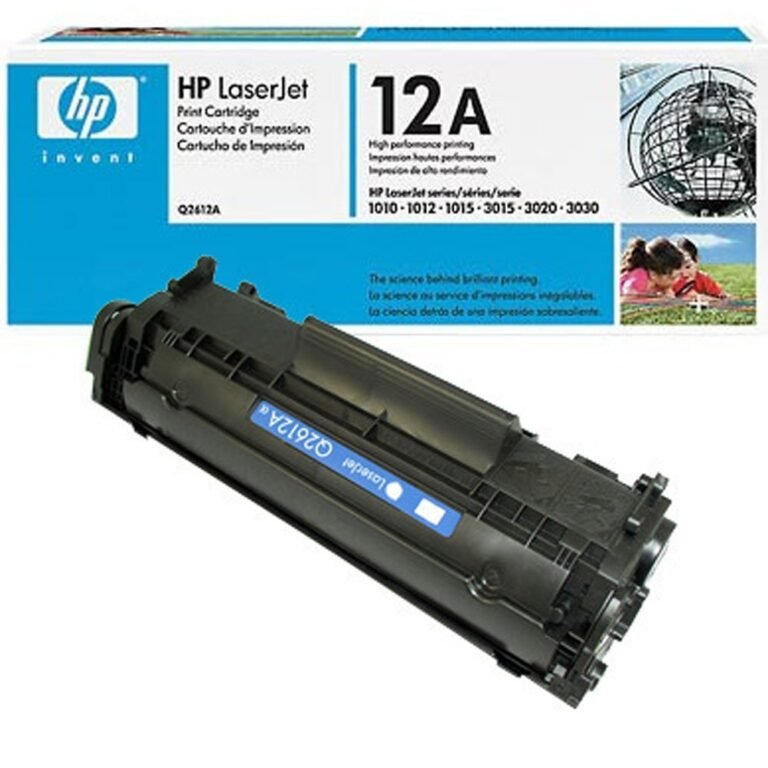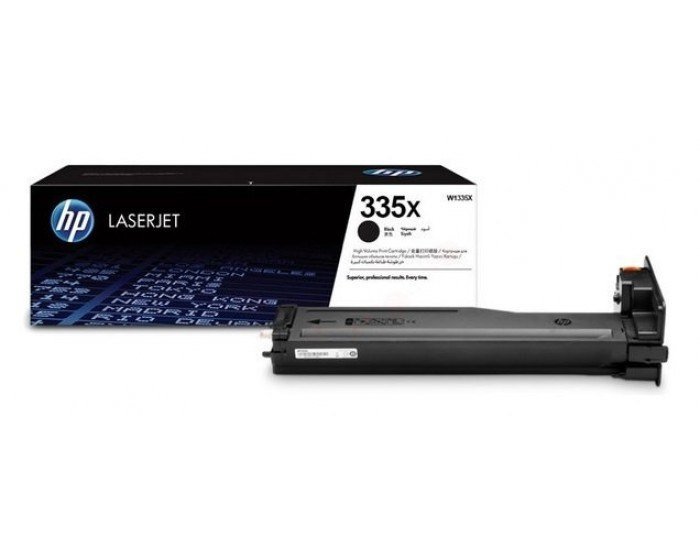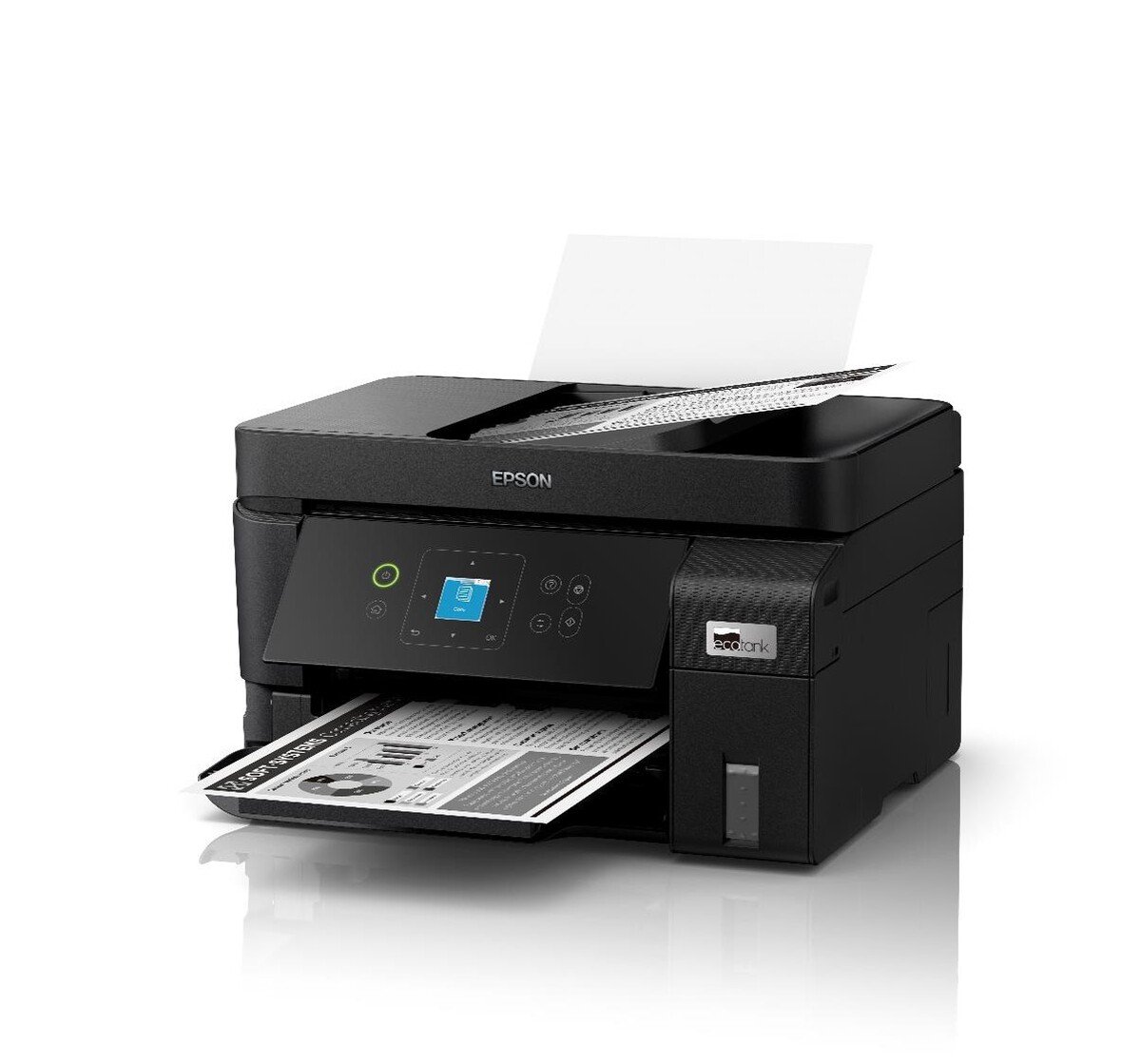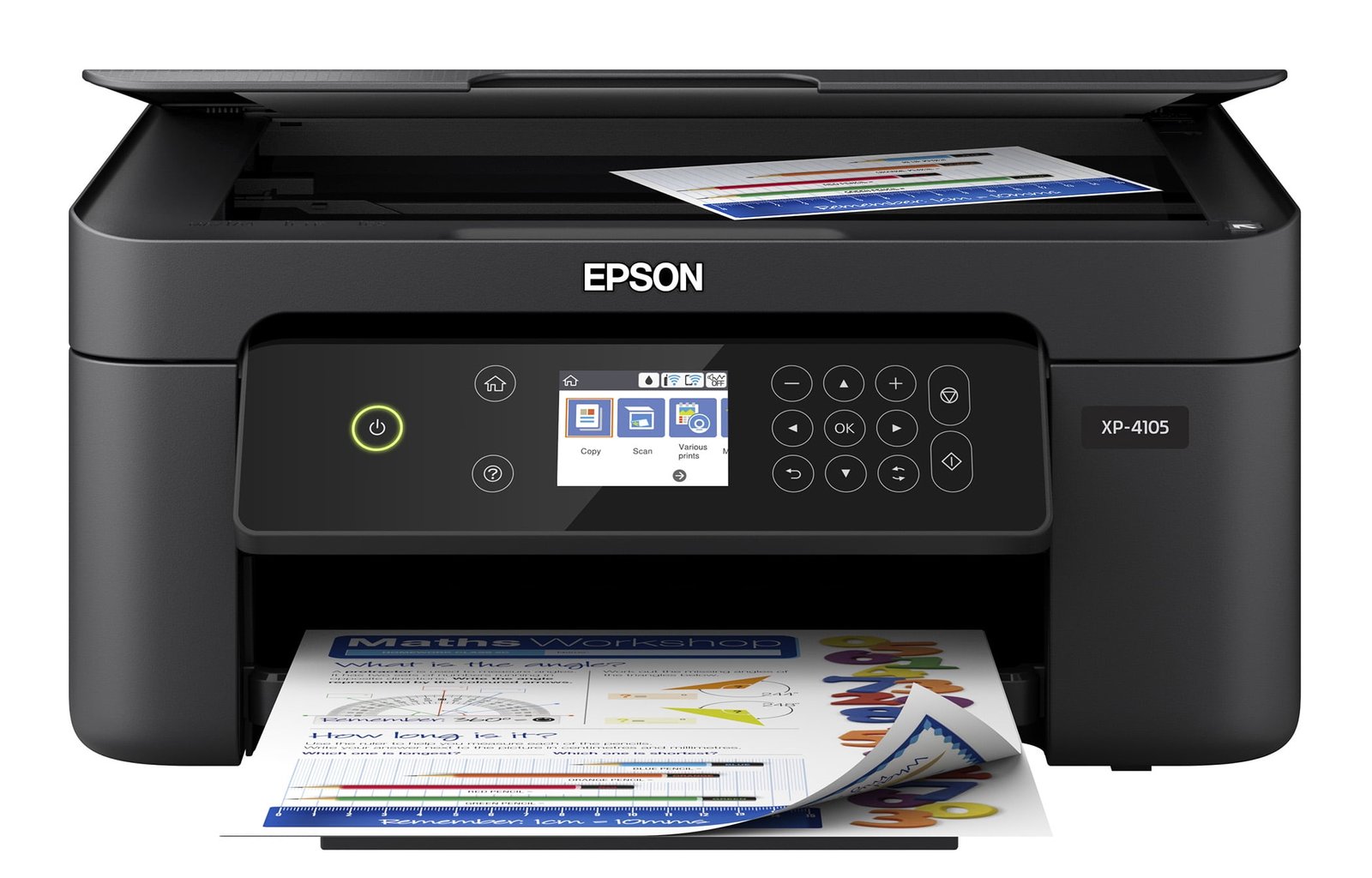
When shopping for printer supplies, you’ve probably found yourself staring at shelves filled with various cartridges and wondering: “What’s the real difference between toner and ink cartridges?” This confusion is more common than you might think, and making the wrong choice can be costly and frustrating.
Understanding the fundamental differences between toner and ink cartridges isn’t just about technical knowledge – it’s about making smart purchasing decisions that affect your printing costs, quality, and overall experience. Whether you’re setting up a home office or managing a business, this comprehensive guide will help you navigate the world of printer consumables with confidence.
Let’s dive deep into the fascinating world of printer technology and discover which option best suits your specific needs.
What Are Toner Cartridges?
Toner cartridges are the powerhouse consumables used in laser printers and multifunction laser devices. Unlike liquid ink, toner is a fine powder made from various materials that create sharp, professional-looking documents.
Toner Composition and Technology
Key Components:
- Polymer particles: Form the base structure of printed characters
- Carbon black or colored pigments: Provide the actual color
- Charge control agents: Help manage electrical properties
- Flow additives: Ensure smooth powder movement
- Magnetic carriers: Aid in the transfer process
How Toner Works
The laser printing process is a marvel of modern technology:
- Charging: The drum unit receives an electrical charge
- Writing: Laser light creates the image pattern on the drum
- Developing: Toner particles stick to the charged areas
- Transferring: Toner moves from drum to paper
- Fusing: Heat and pressure permanently bond toner to paper
| Toner Feature | Description | Benefit |
|---|---|---|
| Powder Form | Microscopic plastic particles | Sharp text and graphics |
| Heat Fusion | Melts onto paper surface | Waterproof and durable |
| High Capacity | Large volume per cartridge | Lower cost per page |
| Fast Processing | Quick drum and transfer system | High-speed printing |
What Are Ink Cartridges?
Ink cartridges contain liquid ink and are primarily used in inkjet printers. These cartridges deliver precise amounts of liquid ink through tiny nozzles to create images and text on paper.
Ink Cartridge Types and Technology
Ink Formulations:
- Dye-based ink: Dissolves completely in liquid carrier
- Pigment-based ink: Suspended particles in liquid
- Hybrid formulations: Combination of both technologies
- Specialty inks: Photo-quality and archival varieties
Ink Delivery Systems
Modern inkjet technology uses sophisticated delivery methods:
Thermal Inkjet (HP, Canon)
- Heats ink to create bubble expansion
- Bubble pushes ink through nozzle
- Precise droplet control and placement
- Excellent for text and photo printing
Piezoelectric Inkjet (Epson)
- Uses piezoelectric crystals for pressure
- Mechanical action pushes ink droplets
- Superior color accuracy and longevity
- Better for professional photography
| Ink Feature | Description | Benefit |
|---|---|---|
| Liquid Form | Water or solvent-based solution | Vibrant colors and gradients |
| Absorption | Soaks into paper fibers | Natural-looking results |
| Color Mixing | Multiple cartridges blend colors | Wide color gamut |
| Precision Nozzles | Microscopic droplet placement | High-resolution output |
Key Differences: Toner vs Ink Cartridges
Understanding these fundamental differences will help you make informed decisions about your printing needs.
Physical and Chemical Properties
| Aspect | Toner Cartridges | Ink Cartridges |
|---|---|---|
| Physical State | Fine powder particles | Liquid solution |
| Storage Requirements | Room temperature, dry conditions | Cool, sealed environment |
| Shelf Life | 18-24 months unopened | 12-18 months unopened |
| Application Method | Heat and pressure fusion | Absorption into paper |
| Durability | Highly resistant to fading | Varies by ink type |
Cost Analysis and Value
Initial Investment Comparison:
- Toner cartridges: Higher upfront cost ($50-$300)
- Ink cartridges: Lower initial investment ($15-$80)
- Page yield: Toner typically offers 2-10x more pages
- Cost per page: Toner usually 30-50% cheaper for text
Long-term Financial Impact:
| Printing Volume | Better Choice | Annual Savings |
|---|---|---|
| Low (< 500 pages/month) | Ink cartridges | Variable |
| Medium (500-2000 pages/month) | Toner cartridges | $200-$500 |
| High (> 2000 pages/month) | Toner cartridges | $500-$1500 |
Printer Compatibility and Technology
Choosing the right cartridge type depends heavily on your printer technology and specific model requirements.
Laser Printer Systems
Monochrome Laser Printers:
- Single black toner cartridge system
- Ideal for high-volume text documents
- Fast printing speeds (20-100+ pages/minute)
- Professional-quality business documents
Color Laser Printers:
- Four separate toner cartridges (CMYK)
- Excellent for presentations and marketing materials
- Consistent color reproduction
- Higher initial investment but lower per-page costs
Inkjet Printer Systems
Standard Inkjet Printers:
- 2-4 ink cartridge configuration
- Perfect for mixed-use printing needs
- Lower initial printer cost
- Suitable for photos and documents
Photo Inkjet Printers:
- 6-12 ink cartridge systems
- Professional photo quality output
- Extended color gamut capabilities
- Higher ink costs but superior image quality
Performance Characteristics
Different printing tasks require different strengths, and understanding these performance differences helps optimize your printing experience.
Print Quality Comparison
| Print Type | Toner Advantage | Ink Advantage |
|---|---|---|
| Text Documents | Crisp, sharp edges | Smooth gradients |
| Graphics | Solid color blocks | Color blending |
| Photos | Durability | Color accuracy |
| Line Art | Precision | Fine details |
Speed and Efficiency Factors
Toner Printing Advantages:
- Faster warm-up times for frequent printing
- No drying time required
- Consistent output regardless of print frequency
- Less maintenance between print jobs
Ink Printing Advantages:
- Instant-on capability for occasional printing
- No warm-up period for quick jobs
- Better energy efficiency for light usage
- Quieter operation overall
Environmental Impact and Sustainability
Modern consumers increasingly consider environmental factors when making purchasing decisions. Both toner and ink cartridges have unique environmental considerations.
Recycling and Disposal
Toner Cartridge Recycling:
- Most components are recyclable
- Plastic housing can be refurbished multiple times
- Powder residue requires special handling
- Many manufacturers offer take-back programs
Ink Cartridge Recycling:
- Smaller plastic footprint per cartridge
- Ink residue is generally biodegradable
- Higher cartridge replacement frequency
- Widely available recycling programs
Manufacturing Environmental Impact
| Factor | Toner Impact | Ink Impact |
|---|---|---|
| Production Energy | Higher per unit | Lower per unit |
| Raw Materials | More complex chemistry | Simpler formulations |
| Packaging | Larger, more protective | Compact, minimal |
| Transportation | Less frequent shipments | More frequent deliveries |
Maintenance and Storage Considerations
Proper care and storage significantly affect cartridge performance and lifespan, regardless of type.
Toner Cartridge Care
Storage Best Practices:
- Keep in original packaging until use
- Store horizontally to prevent settling
- Maintain consistent room temperature
- Avoid direct sunlight and humidity
- Gentle agitation before installation can improve performance
Maintenance Tips:
- Clean drum contacts regularly
- Replace drum units as recommended
- Keep printer interior free of dust
- Use genuine or high-quality compatible cartridges
Ink Cartridge Care
Storage Guidelines:
- Store cartridges upright when possible
- Keep in cool, dry environment
- Don’t remove protective tape until installation
- Use cartridges within recommended timeframe
- Perform regular nozzle cleaning cycles
Printer Maintenance:
- Run cleaning cycles monthly for infrequent use
- Keep nozzles from drying out during extended downtime
- Use printer regularly to prevent clogs
- Clean paper path and rollers periodically
Making the Right Choice for Your Needs
Selecting between toner and ink cartridges ultimately depends on your specific printing requirements, budget, and usage patterns.
Decision Framework
Choose Toner Cartridges If:
- You print more than 500 pages monthly
- Text documents dominate your printing needs
- You value long-term cost efficiency
- Print quality consistency is crucial
- You can handle higher upfront costs
Choose Ink Cartridges If:
- Your printing volume is under 500 pages monthly
- Photo printing is important to you
- You prefer lower initial investment
- Color accuracy is your priority
- You have limited storage space
Professional vs. Home Use Scenarios
| Use Case | Recommended Type | Key Benefits |
|---|---|---|
| Home Office | Depends on volume | Cost-effectiveness varies |
| Small Business | Usually toner | Lower operational costs |
| Photography Studio | High-end ink | Superior color reproduction |
| Corporate Environment | Toner systems | Reliability and efficiency |
Where to Find Quality Cartridges in Kharadi
Finding reliable sources for printer cartridges is crucial for maintaining your printing equipment and managing costs effectively. Kharadi residents have several excellent options for their printing supply needs.
Local Shopping Benefits:
- Immediate availability when you need supplies urgently
- Personal service and expert advice
- Support for local businesses in your community
- Opportunity to inspect products before purchase
- Easy returns and exchanges when necessary
When visiting a printer store in Kharadi, you’ll find knowledgeable staff who can help identify the exact cartridge model for your specific printer. Many local stores also offer competitive pricing and bulk purchase discounts for businesses.
Services Beyond Sales: Quality printer shops in Kharadi often provide additional services that add value to your purchase:
- Cartridge installation assistance
- Printer troubleshooting and basic maintenance
- Compatibility checking for various printer models
- Advice on optimizing print settings for different paper types
Troubleshooting Common Issues
Even with the right cartridge choice, you might encounter occasional problems. Understanding common issues helps you address them quickly.
Toner-Related Problems
Poor Print Quality Issues:
- Faded or light printing: Check toner levels and drum condition
- Streaking or lines: Clean drum unit and internal components
- Smudging: Verify fuser unit temperature and condition
- Color inconsistency: Replace individual color cartridges as needed
Installation Problems:
- Cartridge not recognized: Remove and reinstall carefully
- Error messages: Check for protective tape removal
- Physical fit issues: Verify correct model compatibility
Ink-Related Problems
Print Quality Concerns:
- Clogged nozzles: Run printer cleaning cycles
- Color bleeding: Check paper type and ink settings
- Streaking: Clean print heads and check alignment
- Faded colors: Replace low or empty cartridges promptly
Flow and Feed Issues:
- Inconsistent coverage: Prime cartridges if newly installed
- Air bubbles: Gentle agitation might help
- Cartridge leakage: Check for cracks or damage
Future Trends in Cartridge Technology
The printing industry continues evolving, with new technologies promising better performance and environmental sustainability.
Emerging Technologies
Sustainable Innovations:
- Biodegradable ink formulations
- Refillable cartridge systems
- Reduced packaging materials
- Energy-efficient manufacturing processes
Performance Improvements:
- Higher page yields per cartridge
- Improved color gamut and accuracy
- Faster-drying ink formulations
- Enhanced fade resistance
Market Trends
Consumer Preferences:
- Increasing demand for eco-friendly options
- Growth in compatible and remanufactured cartridges
- Preference for subscription-based supply services
- Integration with smart home and office systems
When you need professional assistance with cartridge selection or printer maintenance, consulting with experts at a printer repair service in Kharadi can save time and prevent costly mistakes. These professionals stay current with industry trends and can provide valuable insights for your specific situation.



